Breakaway Gap: Definition, How It Works, and How to Trade
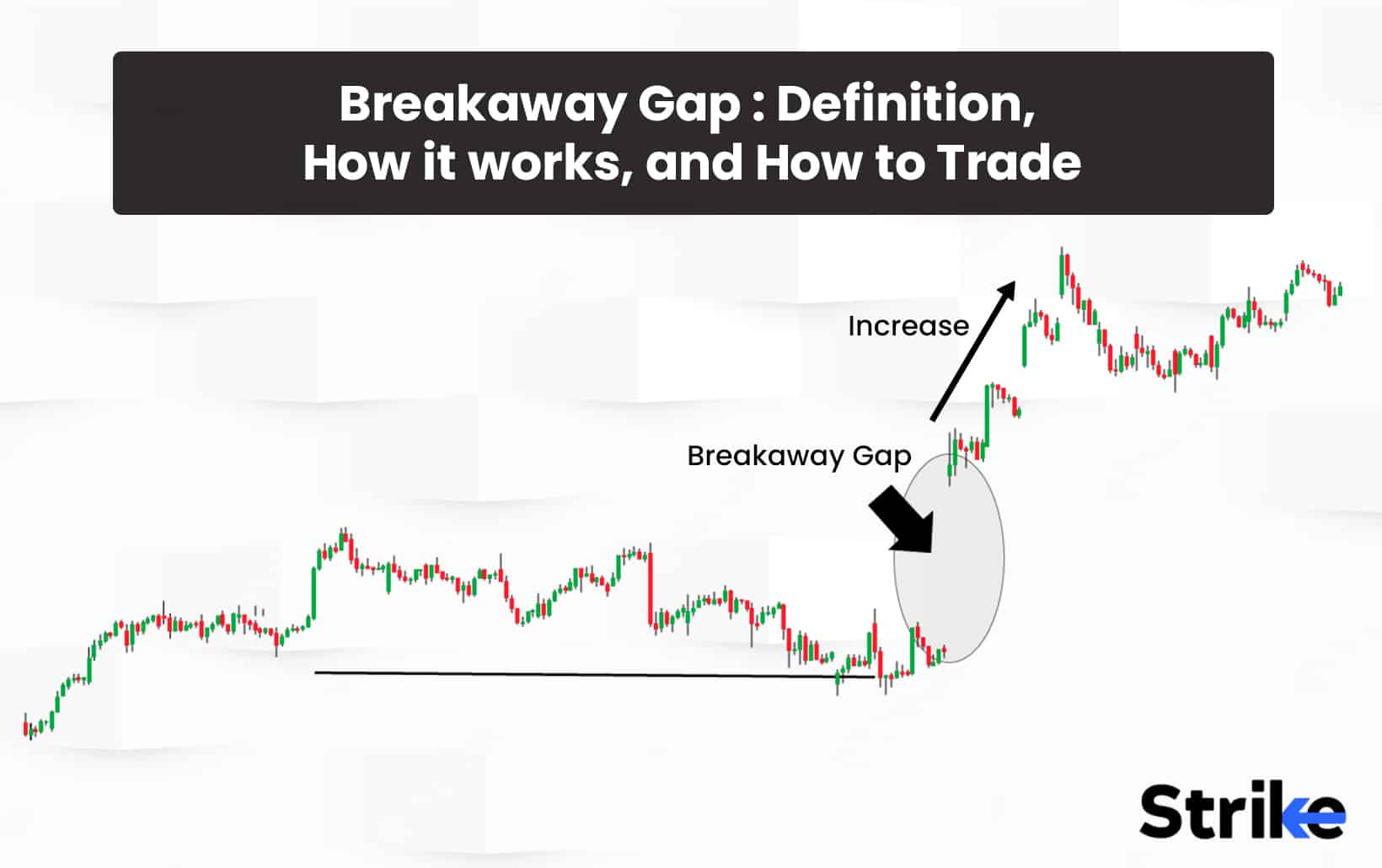
A breakaway gap refers to the situation in the market where there is a strong price movement that crosses support or resistance. A breakaway gap represents a shift in the price of a commodity/ financial instrument in the market. Breakaway gaps are formed after substantial periods of consolidation of prices in the market. It signifies a break from the previous trading range or pattern, and it suggests that a new trend or direction is emerging.
Breakaway gaps are important to technical analysts as they provide valuable information about market dynamics and can present trading opportunities. A breakaway gap can have different meanings depending on the situation in which it appears. A breakaway gap to the upside is seen as a bullish signal in an uptrend, indicating strong buying interest and the potential for further upward movement. Conversely, a breakaway gap to the downside is considered bearish, signaling increased selling pressure and the potential for further downward movement.
Breakaway gaps work as technical indicators by signaling a significant shift in market sentiment and potentially marking the beginning of a new trend. It represents a sudden and substantial change in the balance between buying and selling when a breakaway gap occurs. A breakaway gap to the upside in an uptrend suggests a surge in buying interest, indicating bullish sentiment and the potential for further upward movement. A breakaway gap to the downside indicates increased selling pressure in a downtrend, reflecting bearish sentiment and the potential for further downward movement.
Trading with breakaway gaps involves recognizing the market sentiment. It’s important to first identify the type of gap and the prevailing trend when trading with breakaway gaps. It provides a stronger trading signal if the gap aligns with the trend. Traders should seek confirmation signals to increase the probability of successful trades. These signals can include increased trading volume following the gap, continuation of the new trend, or additional technical indicators aligning with the gap’s direction.
What is a Breakaway Gap?
A breakaway gap refers to a significant gap in price that occurs in the stock market charts, indicating a strong and decisive shift in market sentiment. It occurs when there is a notable difference between the closing price of one trading session and the opening price of two consecutive sessions. Breakaway gaps can occur in both bullish and bearish scenarios.
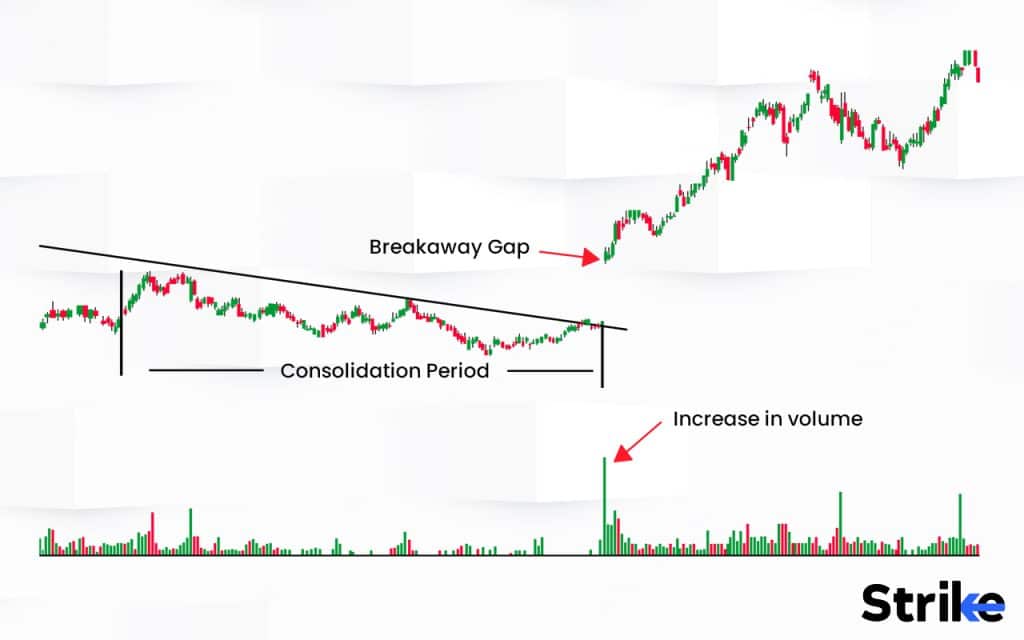
For example, a breakaway gap that appears above the previous session in an uptrend indicates a surge in buying interest and suggests further upward movement. Conversely, a breakaway gap that appears below the previous trend in a downtrend reflects increased selling pressure and indicates the potential for further downward movement.Traders use breakaway gaps as a signal to assess the potential for new trading opportunities.
Confirmation signals, such as increased trading volume or the continuation of the new trend over subsequent sessions, are often sought as confirmation for the breakaway gap and help make trading decisions. Breakaway gaps are not infallible indicators and should be used with other technical analysis tools and market factors. Additionally, not all gaps are breakaway gaps, so it’s crucial to analyze the context to interpret their significance accurately.
How does a Breakaway Gap work?
A breakaway gap works by signaling a significant and sudden change in market sentiment, which can lead to the initiation of a new trend or the continuation of an existing one. A breakaway gap creates a visible gap on the price chart, indicating a notable difference between the closing price of one trading session and the opening price of the next session. A breakaway gap works by indicating a sudden and significant shift in market sentiment. A breakaway gap works in a 4-step process, and the steps are given below.
A breakaway gap is identified by a visible gap on the price chart, where the opening price of the next trading session is significantly different from the closing price of the previous session. This gap represents a period where no trading took place. It is to be noted that not all gaps that appear are breakaway gaps.
Confirmation signals are often sought to validate its significance even though the breakaway gap itself is a strong indication of a sentiment shift. These signals can include increased trading volume, a continuation of the new trend over subsequent trading sessions, or the price action following the gap. Confirmation helps traders have more confidence in the potential direction of the market.
Breakaway gaps present trading opportunities for traders. Traders may consider buying or going long to take advantage of the upward momentum if the gap confirms a bullish trend. Conversely, traders consider selling or going short to profit from the downward momentum if the gap confirms a bearish trend.
The price action should be considered while analyzing the breakaway gaps. It may indicate a potential reverse if the price retraces and fills the gap. On the other hand, it strengthens the validity of the breakaway gap and supports the initial trade hypothesis if the price continues to move in the direction of the gap.
It’s important to note that breakaway gaps are not foolproof indicators and should be considered alongside other technical analysis tools and market factors. Traders should conduct comprehensive analysis and exercise risk management practices to make informed trading decisions based on breakaway gaps.
How is the Breakaway Gap used in Technical Analysis?
Breakaway gaps are a valuable tool in technical analysis that helps in identifying potential trend reversals or trend continuations in the financial markets. Traders use breakaway gaps to decide whether to enter/exit to and from the market. A breakaway gap signifies a significant shift in market sentiment, indicating a potential change in the prevailing trend. A breakaway gap that aligns with the prevailing trend reinforces the strength of that trend and presents an opportunity to add to existing positions. Breakaway gaps are often accompanied by a notable increase in trading volume.
Traders also use breakaway gaps as entry and exit points, entering positions at the opening price following a breakaway gap or adjusting their positions if the gap fails to follow through. Stop-loss levels can be set below the low of a bullish breakaway gap or above the high of a bearish breakaway gap to manage risk.
Breakaway gaps are crucial elements in technical analysis, offering traders valuable insights into market sentiment and the possibility of trend reversals or continuations. When these gaps are examined in conjunction with other tools in technical analysis, traders are better equipped to make informed decisions, enhancing the precision and effectiveness of their trading strategies.
How is the Breakaway Gap recognized in a Chart?
A breakaway gap is a type of price gap that appears in the stock market when there is a significant shift in the price of a financial instrument, such as a stock or commodity. It typically indicates a strong change in market sentiment and leads to a continuation of the existing trend or the start of a new trend. Breakaway gaps are recognized on price charts by observing the specific price patterns and characteristics they exhibit. The 5 characteristics that help to recognize the breakaway gap are given below:
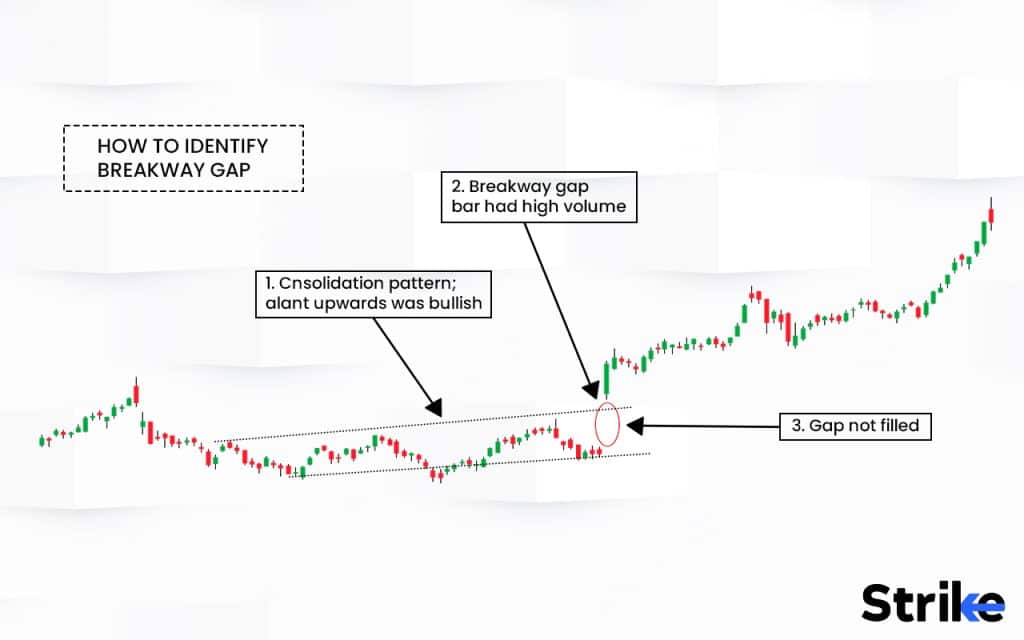
Look for a period of consolidation or on the chart where the price has been trading within a relatively tight range. This could be represented by a sideways pattern or a chart pattern like a triangle or rectangle.
A breakaway gap is characterized by a noticeable price level gap between the closing price of one trading session and the opening price of the next session. The gap can be seen as a space on the chart where no trading activity occurred.
Check the volume accompanying the breakaway gap. Breakaway gaps are typically associated with high trading volume, indicating strong market participation and support for the gap’s significance.
Assess the direction of the breakaway gap in relation to the prevailing trend. It suggests a continuation of that trend if the gap occurs in the direction of the existing trend.
The confirmation of patterns can be done by observing these patterns. The pattern could include triangles, rectangles, wedges, or other consolidation patterns. A breakaway gap occurring after the breakout from these patterns adds further confirmation.
The trader should not solely depend on breakaway gaps for confirmation. Traders can more accurately recognize breakaway gaps on charts instead of considering the price gap, volume, trend direction, chart patterns, and additional technical analysis.
How can a Breakaway Gap quality be measured?
The quality of a breakaway gap is measured by evaluating various factors that provide insights into its strength and reliability. One crucial aspect is the size of the gap, with larger gaps considered more significant. Using other technical indicators, such as bullish patterns or supportive indicators, adds reliability to the breakaway gap. Measuring the quality of a breakaway gap involves assessing 6 factors that can provide insights into the strength and reliability of the gap. The larger the gap, the more significant it is considered. A breakaway gap with a substantial price difference between the closing and opening prices indicates stronger market sentiment and potential for a more significant trend continuation or reversal.
The high trading volume accompanying the breakaway gap confirms the validity and strength of the gap. Increased volume indicates a large number of buyers and sellers in the market.
Monitor the price action following the breakaway gap. A high-quality breakaway gap is typically followed by a sustained price movement in the direction of the gap.
Consider the timeframe in which the breakaway gap occurs. Breakaway gaps on longer timeframes (e.g., daily or weekly charts) tend to be more reliable than gaps on shorter intraday time frames. The confirmation of the breakaway gap from other price patterns can be used to check the quality of the breakaway gap. It enhances the quality of the gap if the gap occurs after a breakout from a well-defined chart pattern like a triangle or rectangle.
The broader market context should be taken into consideration for assessing the quality of the breakaway gap. The overall market sentiment will prove to be an exception in certain situations.
Determining the quality of a breakaway gap requires a wide approach, which involves considering multiple factors and confirming signals. It’s essential to combine technical analysis with market indicators to accurately measure the quality of the breakaway gap in the market.
How often does the Breakaway Gap happen?
The frequency of breakaway gaps occurring in the market varies depending on the specific financial instrument being traded, the time frame, and the prevailing market conditions. Breakaway gaps are not a very common occurrence and tend to be relatively infrequent compared to other types of price gaps.
The occurrence of breakaway gaps is often associated with significant shifts in market sentiment and can occur during periods of increased volatility or is caused by other external factors. These gaps typically represent a strong shift in supply and demand, which leads to a substantial price movement.
How long does a Breakaway Gap last?
The duration of a breakaway gap can vary significantly and is influenced by different factors. The length of time a breakaway gap lasts depends on the market conditions, the strength of the price movement that follows the gap, and the subsequent price action. Breakaway gaps lead to sustained and significant price movements that last for an extended period in some cases. These gaps mark the beginning of a new trend or a strong continuation of the existing trend.
Not all breakaway gaps result in prolonged price movements. Some gaps lead to short-lived price fluctuations or get quickly filled as the market adjusts. The lifespan of these gaps is relatively short, lasting only for a few trading sessions.
How to trade using a Breakaway Gap
The first step involved is to verify the breakaway gap’s validity by ensuring it meets the characteristics such as a noticeable price gap, high trading volume, and confirmation from technical indicators or chart patterns. The next step involved is to identify the prevailing trend before the gap occurs. It suggests a potential continuation of the trend if the gap aligns with the trend. It indicates a potential trend reversal if the gap goes against the trend.
Planning the entry strategy based on the confirmation of the breakaway gap is the next step involved. There are different approaches to doing so, and they are shown below. Consider trading in the direction opposite to the gap, aiming for a retracement or gap fill if the market tends to fill gaps. Consider entering a trade in the direction of the gap breakout if the gap supports a continuation of the trend. This can involve placing a market order or waiting for a pullback to enter at a favorable price.
Implementing risk management measures by setting appropriate stop losses and taking profit levels is the next step in using the breakaway gap in the market. Stop-loss orders help limit potential losses. It is noted that the traders must also set their profit targets and learn to exit from traders after the potential profit level has been reached.
Continuously monitoring the price action following the breakaway gap is the next step involved in using the breakaway gap. The traders should adjust their trading strategy if necessary based on new information, changing market conditions, or the development of technical patterns or indicators.
You should apply breakaway gap strategies to various timeframes, such as daily, hourly, or even intraday charts, depending on your trading style and preferences. Traders should adjust their trading approach accordingly and consider the implications of the timeframe on potential.
Can you trade a Breakaway Gap in conjunction with an Indicator?
Yes, trading a breakaway gap in conjunction with an indicator is a common approach that can provide additional confirmation and enhance trading decisions. Indicators can help validate the strength and reliability of a breakaway gap and offer valuable insights into market conditions.
Traders can gain additional confirmation and enhance their trading decisions by combining the characteristics of a breakaway gap, such as a significant price gap and high volume, with the signals generated by an indicator. Traders can use the indicator to time their entry and exit points, adjust their risk management measures, and monitor price action in conjunction with the indicator’s signals. However, it’s important to remember that indicators should be used in conjunction with other technical analysis tools, and market conditions should also be taken into consideration before traders make trading decisions.
What are examples of the Breakaway Gap in a Market?
A breakaway gap is a significant gap that occurs on a price chart, indicating a strong shift in market sentiment and often signaling the beginning of a new trend. It typically represents a sudden surge in buying or selling pressure that creates a gap between the closing price of one period and the opening price of the next period. The most common 4 examples of breakaway gaps in the market are as given below:
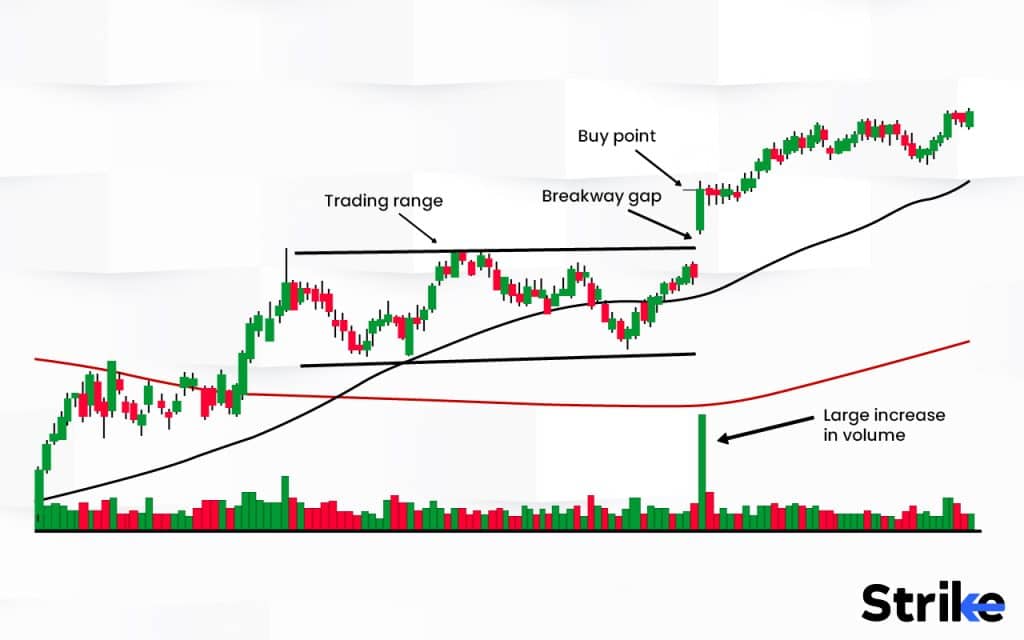
1. Earnings Surprise Gap: This type of breakaway gap appears when a company releases its earnings report, and the results greatly exceed or fall short of market expectations. This can lead to a breakaway gap in the stock price as investors react to the news and adjust their positions accordingly.
2. News-Driven Gap: This gap, as the name suggests, is caused by a major news event, such as a merger announcement, regulatory decision, or geopolitical development, which can cause a breakaway gap. Positive news can trigger a gap up, while negative news can lead to a gap down as traders react to the new information.
3. Technical Breakout Gap: A breakaway gap can occur when a stock or other financial instrument breaks out of a well-defined trading range or pattern. For example, a break above or below that range can create a breakaway gap if a stock has been trading within a narrow range for an extended period,
4. Overnight Gap: Gaps occur in the stock market when trading resumes after a period of closure, such as overnight or over the weekend. It can lead to a breakaway gap when the market opens if significant news or events take place during the closure, reflecting the new information.
It’s important to note that breakaway gaps can be both bullish (gap up) or bearish (gap down), depending on the context and the direction of the price movement. Traders must combine these breakaway gaps with other technical indicators to predict accurately how the market will move.
What are the advantages of the Breakaway Gap?
Breakaway gaps can offer several advantages to traders and investors. The major 5 advantages associated with breakaway gaps are given below.
1. Early Trend Identification
Breakaway gaps can serve as an early indication of a new trend forming in the market. It suggests a significant shift in sentiment and momentum when a breakaway gap occurs. Traders can identify potential trend reversals or the emergence of new trends at an early stage by recognizing and interpreting breakaway gaps correctly.
2. Strong Momentum Confirmation
Breakaway gaps often accompany strong price movements and increased trading volume. The gap represents a sudden surge in buying or selling pressure, indicating strong momentum in the direction of the gap. Traders can use breakaway gaps as confirmation of the strength of the current trend.
3. Enhanced Profit Potential
Breakaway gaps can present trading opportunities with a higher profit potential. It leads to significant price movements if the gap signifies a strong shift in sentiment and momentum.
4. Reduced Risk of False Signals
Breakaway gaps can help filter out false signals or noise in the market. They tend to have a higher degree of reliability compared to smaller price fluctuations since breakaway gaps are typically associated with significant news events or technical breakouts.
5. Entry and Exit Points
Breakaway gaps can serve as clear entry and exit points for traders. It establishes a new price level that is significantly different from the previous range when a breakaway gap occurs. Traders can use this gap as a reference point to set entry or exit orders, aiming to capture the potential continuation of the trend or reversals that may follow the gap.
It’s important to note that while breakaway gaps offer potential advantages, they should be analyzed in conjunction with other technical indicators, market conditions, and risk management strategies. Additionally, not all breakaway gaps lead to sustained trends, so it’s crucial for traders to use technical indicators with breakaway gaps for accurate trading.
What are the disadvantages of the Breakaway Gap?
There are also potential disadvantages to consider, even though breakaway gaps can offer advantages in trading and investing. The 5 drawbacks associated with breakaway gaps are as follows.
1. False Signals
Not all gaps result in sustained trends or price movements. Some breakaway gaps can turn out to be false signals or temporary price fluctuations that quickly reverse direction. It’s essential to validate breakaway gaps with additional technical analysis and make sure the breakaway gap that occurred is not a false signal.
2. Timing entry and exits
Timing entry and exit points based on breakaway gaps can be challenging. Traders often aim to capture the momentum following the gap, but it can be difficult to enter at an optimal price level due to the sudden price movement. Additionally, breakaway gaps can sometimes lead to price retracements or pullbacks, making it difficult for traders to take advantage of the breakaway gap.
3. Price Chasing and Overbought/Oversold Conditions
Breakaway gaps can create situations where traders chase the price movement, trying to enter positions at increasingly higher or lower prices. This behavior can lead to overbought or oversold conditions, increasing the risk of a price reversal or a temporary consolidation period. Traders should be cautious about entering positions solely based on the gap and consider potential short-term market conditions.
4. Rarity in occurrence
Breakaway gaps are relatively less common compared to smaller price gaps or price fluctuations within established ranges. This limited occurrence can make it challenging to find breakaway gaps on a regular basis, reducing the number of potential trading opportunities. Traders need to be patient and wait for suitable setups, which can limit the frequency of utilizing breakaway gaps in their strategies.
5. False Breakouts
Breakaway gaps that occur due to technical breakouts lead to false breakouts, where the price quickly retraces back into the previous range. Traders need to consider the context of the breakout, the volume behind the gap, and other supporting technical indicators to distinguish between genuine breakouts and false breakouts.
It’s important to approach breakaway gaps with a comprehensive trading plan that includes risk management strategies, confirmation from additional technical analysis tools, and an understanding of market dynamics. Relying solely on breakaway gaps without considering other factors can lead to losses in the market.
Do Breakaway Gaps get filled?
Yes, breakaway gaps can be filled, but it’s not always guaranteed. A gap gets filled when the price subsequently moves back to the level where the gap originated, closing the price difference created by the gap. However, the likelihood of a breakaway gap being filled depends mainly on 2 factors: the strength of the underlying trend and the market conditions.
Are Breakaway Gaps reliable?
Yes, breakaway gaps are reliable. Breakaway gaps can provide valuable insights into market sentiment and potential trend reversals, but their reliability as a trading signal depends on several factors. To assess their reliability, it is essential to consider the context in which the gap occurs. Confirmatory indicators, such as volume patterns, support and resistance levels, and other technical analysis tools, should be used in conjunction with breakaway gaps to validate their significance. High trading volume accompanying the gap adds credibility, indicating strong market participation and supporting the notion of a sustained trend. Moreover, the size of the breakaway gap plays a role in determining its reliability, with larger gaps generally carrying more significance.
What is the difference between a Breakaway Gap and a Runaway Gap?
A breakaway gap is a significant gap that occurs on a price chart, indicating a strong shift in market sentiment and often signaling the beginning of a new trend. It represents a sudden and substantial price movement that creates a gap between the closing price of one period and the opening price of the next period. Breakaway gaps occur in both bullish and bearish directions. A bullish breakaway gap (gap up) forms when the opening price of a period is significantly higher than the previous period’s closing price. It indicates a sudden surge in buying pressure and suggests a bullish sentiment and potential upward trend reversal or continuation.
A bearish breakaway gap (gap down) occurs when the opening price of a period is significantly lower than the previous period’s closing price. This type of gap reflects a sudden increase in selling pressure, indicating a bearish sentiment and potential downward trend reversal or continuation.
Breakaway gaps often coincide with significant events such as earnings announcements, economic data releases, regulatory decisions, mergers and acquisitions, or geopolitical developments. They can also occur due to technical factors, such as breakouts from well-defined chart patterns or key support/resistance levels.
A runaway gap, also known as a measuring gap or continuation gap, is a type of price gap that occurs within an existing trend and indicates the acceleration and continuation of that trend. It signifies a significant and rapid price movement in the direction of the prevailing trend without a retracement or pullback. Runaway gaps can occur in both bullish and bearish trends. The price opens significantly higher than the previous period’s closing price in a bullish runaway gap, creating a gap on the price chart. This indicates a surge in buying pressure and suggests a continuation of the existing bullish trend with increased momentum.
Conversely, the price opens significantly lower than the previous period’s closing price in a bearish runaway gap, resulting in a gap on the price chart. This reflects a surge in selling pressure and suggests a continuation of the existing bearish trend with increased downward momentum. The distinguishing feature of a runaway gap is that it occurs within the ongoing trend rather than at the beginning of a new trend, like a breakaway gap. It confirms the strength and persistence of the existing trend and often indicates a period of intensified price movement.
What is the difference between a Breakaway Gap and an Exhaustion Gap?
An exhaustion gap is a price gap that typically emerges near the end of a prolonged trend or a significant price move. It suggests a potential depletion of the prevailing trend’s momentum and can indicate an imminent reversal or a period of consolidation. This type of gap manifests as a gap between the closing price of one period and the opening price of the next period. The opening price is usually higher than the previous closing price. In a bullish trend, while in a bearish trend, it is lower.
Exhaustion gaps are often accompanied by a decline in trading volume, reflecting diminishing interest and participation from market participants. Traders interpret an exhaustion gap as a signal that the trend is reaching a point of exhaustion, potentially paving the way for a reversal or a period of range-bound consolidation. However, it is important to employ other technical indicators and analysis techniques to validate the signal and make informed trading decisions.
The main difference between a breakaway gap and an exhaustion gap lies in their timing within a trend and the implications they have for future price movement.









 Previous Article
Previous Article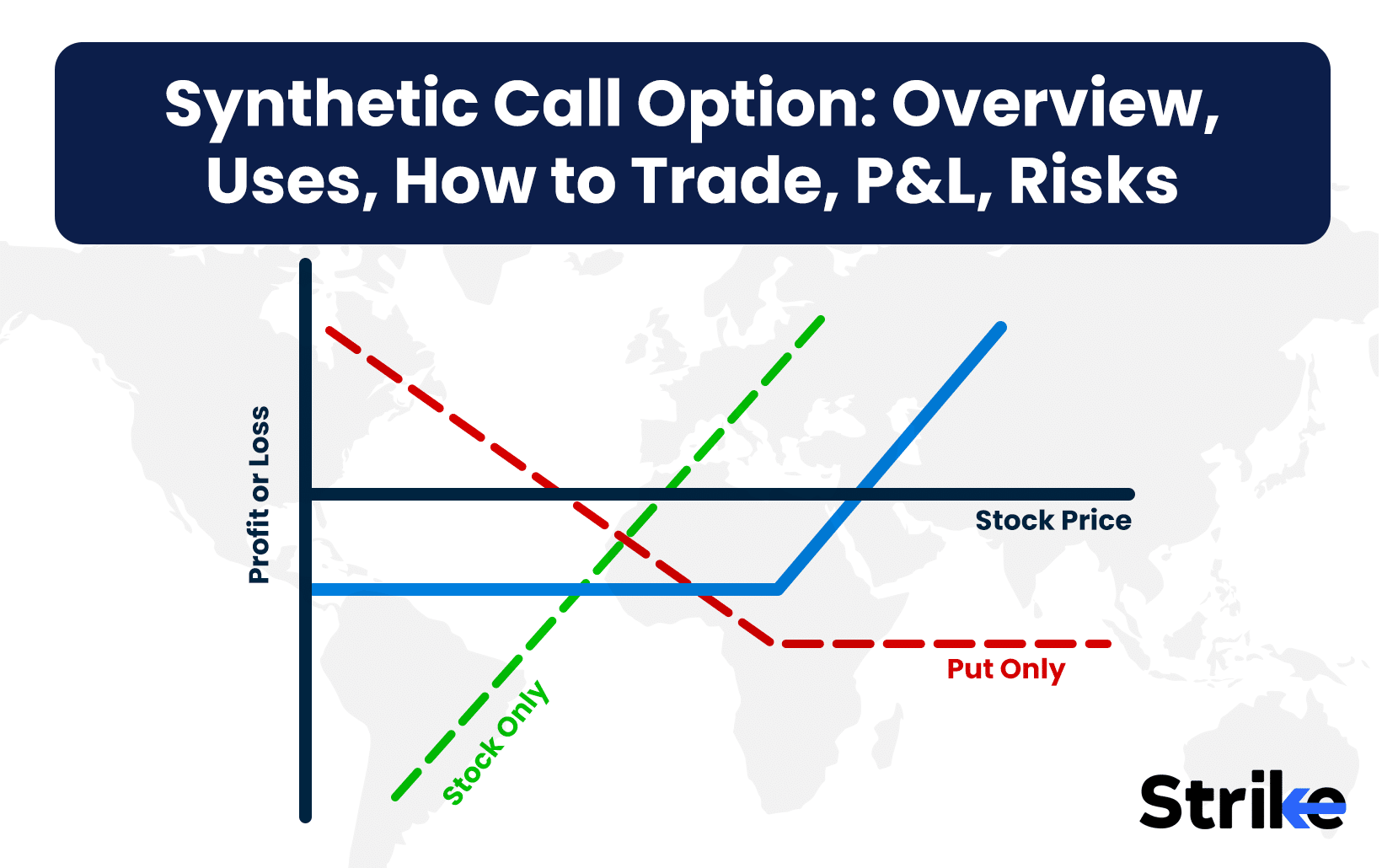
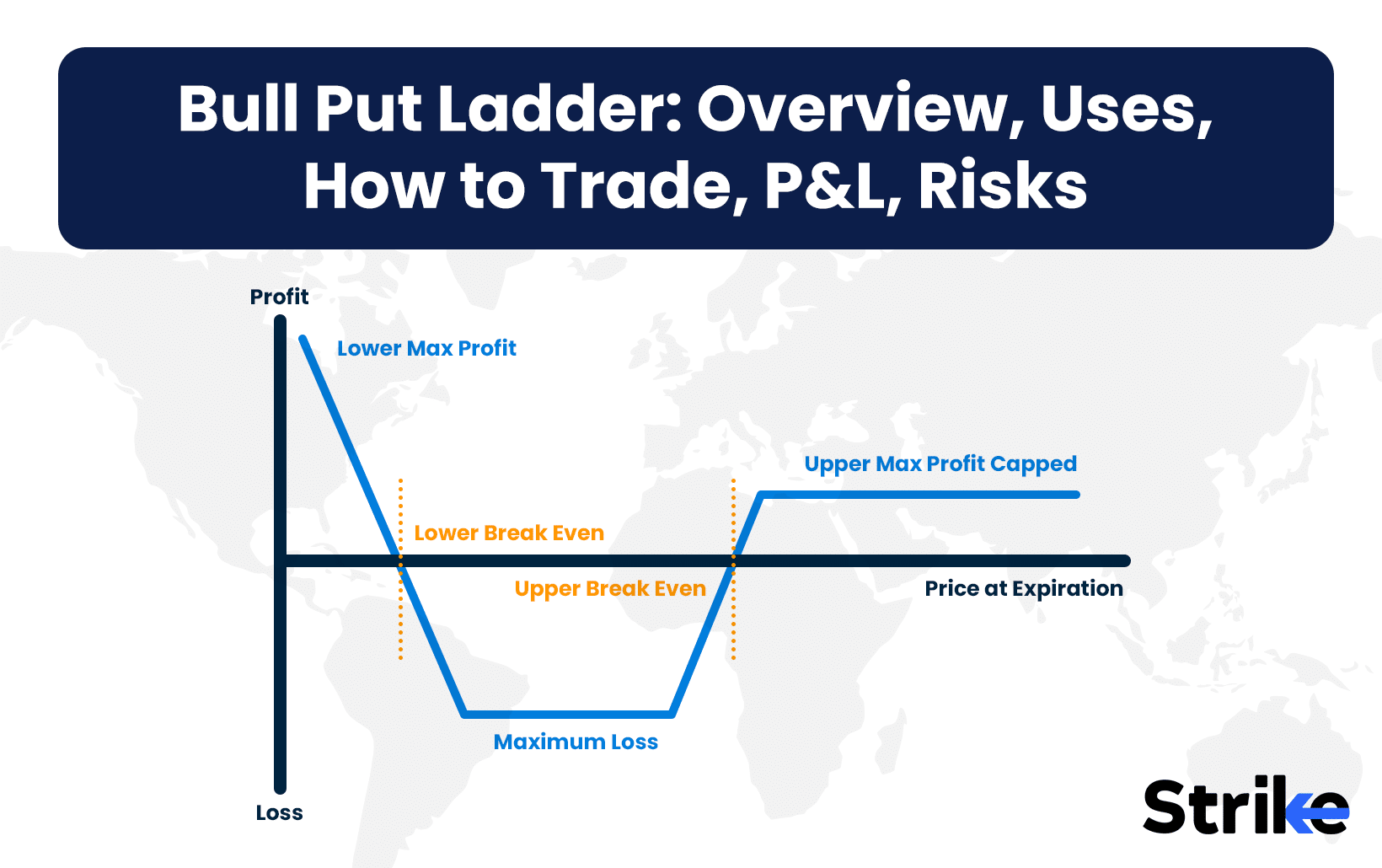
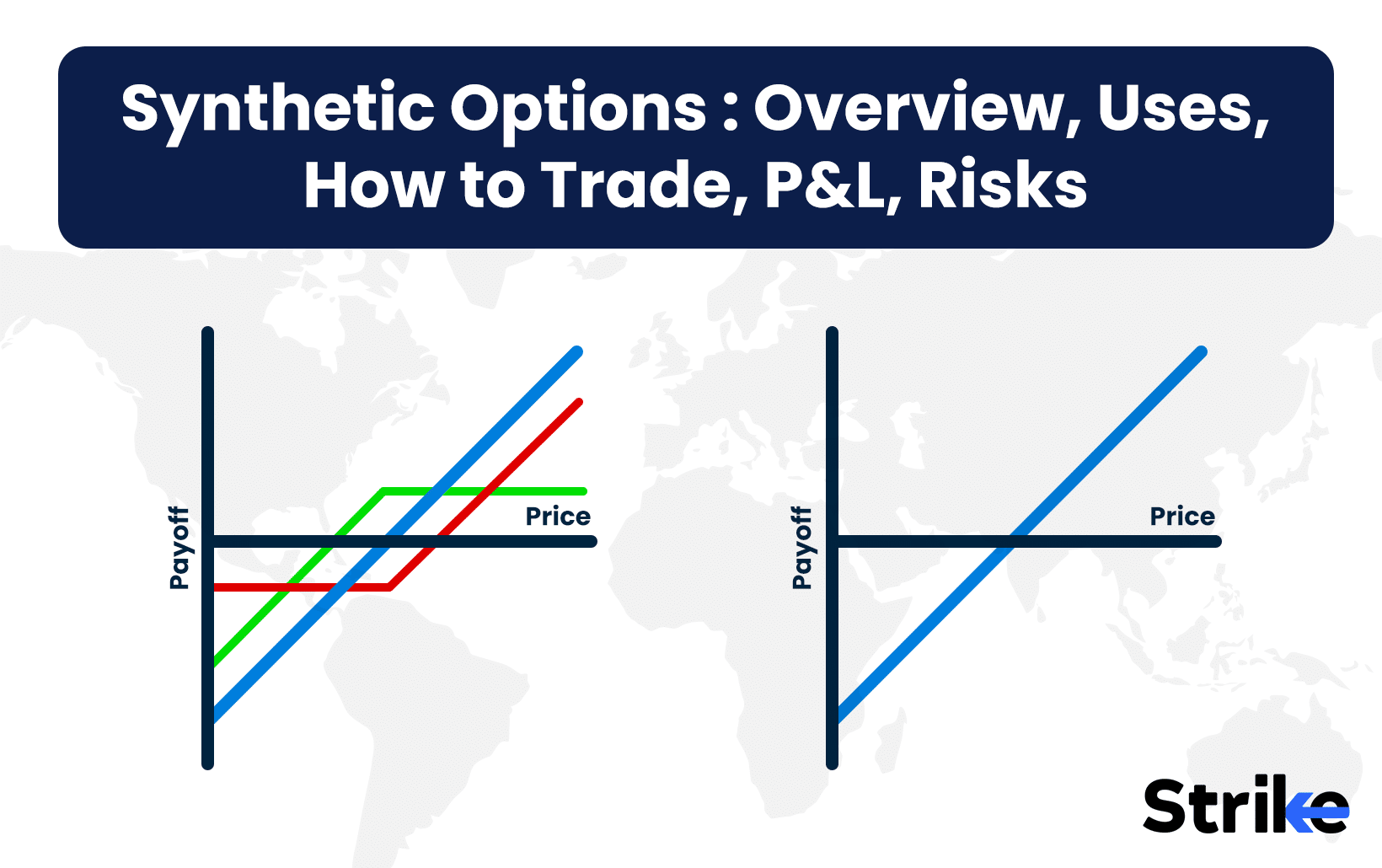
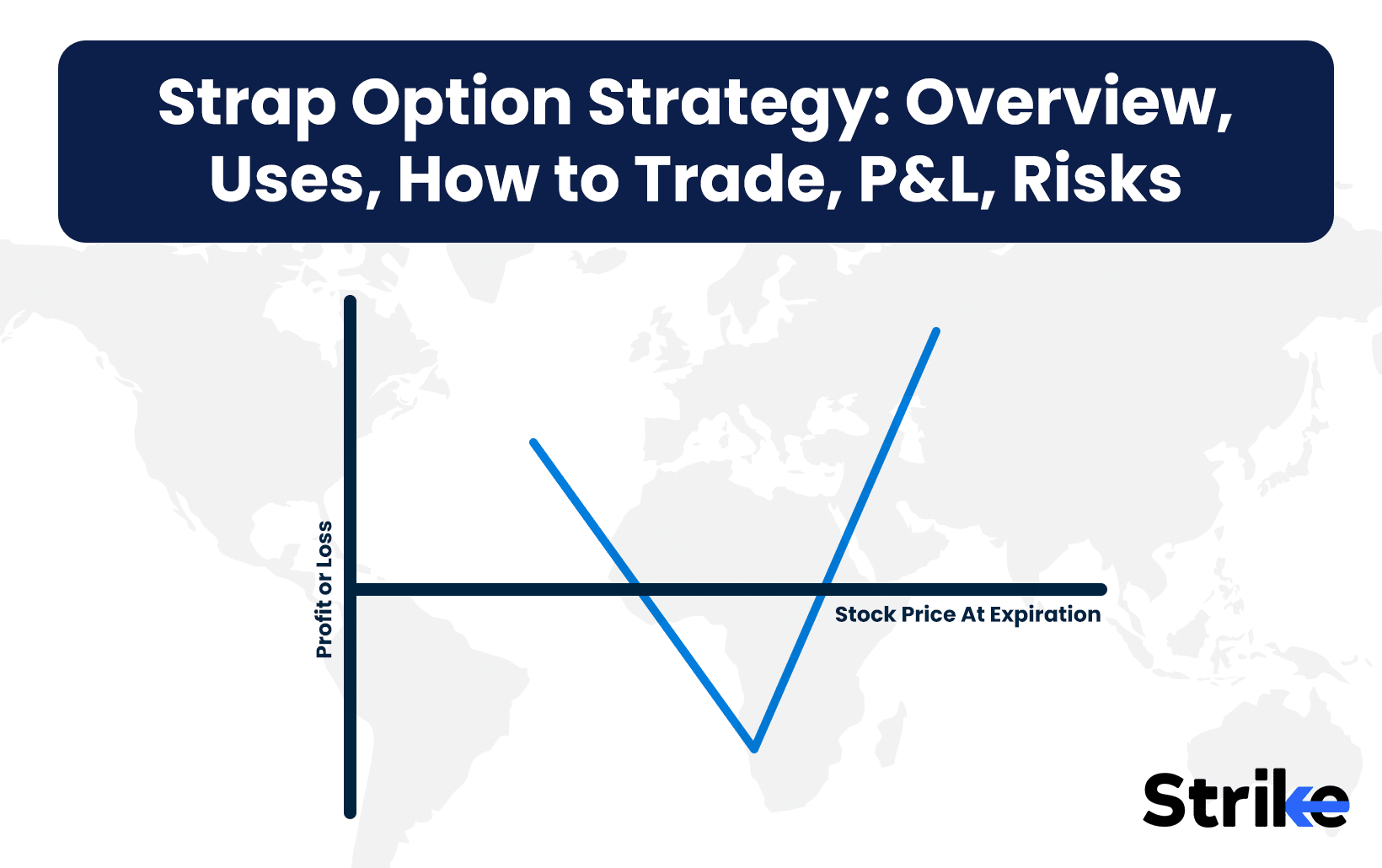
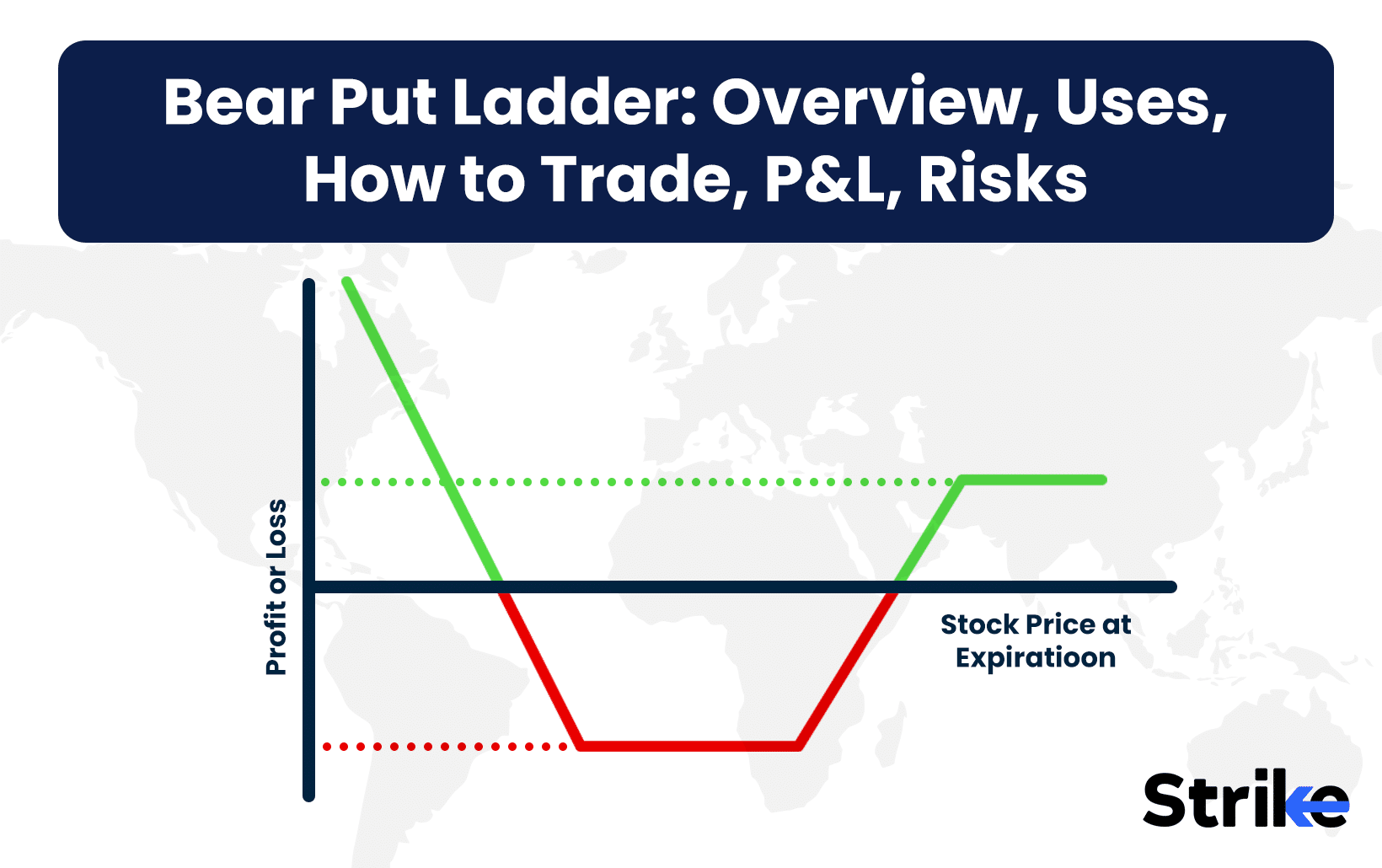
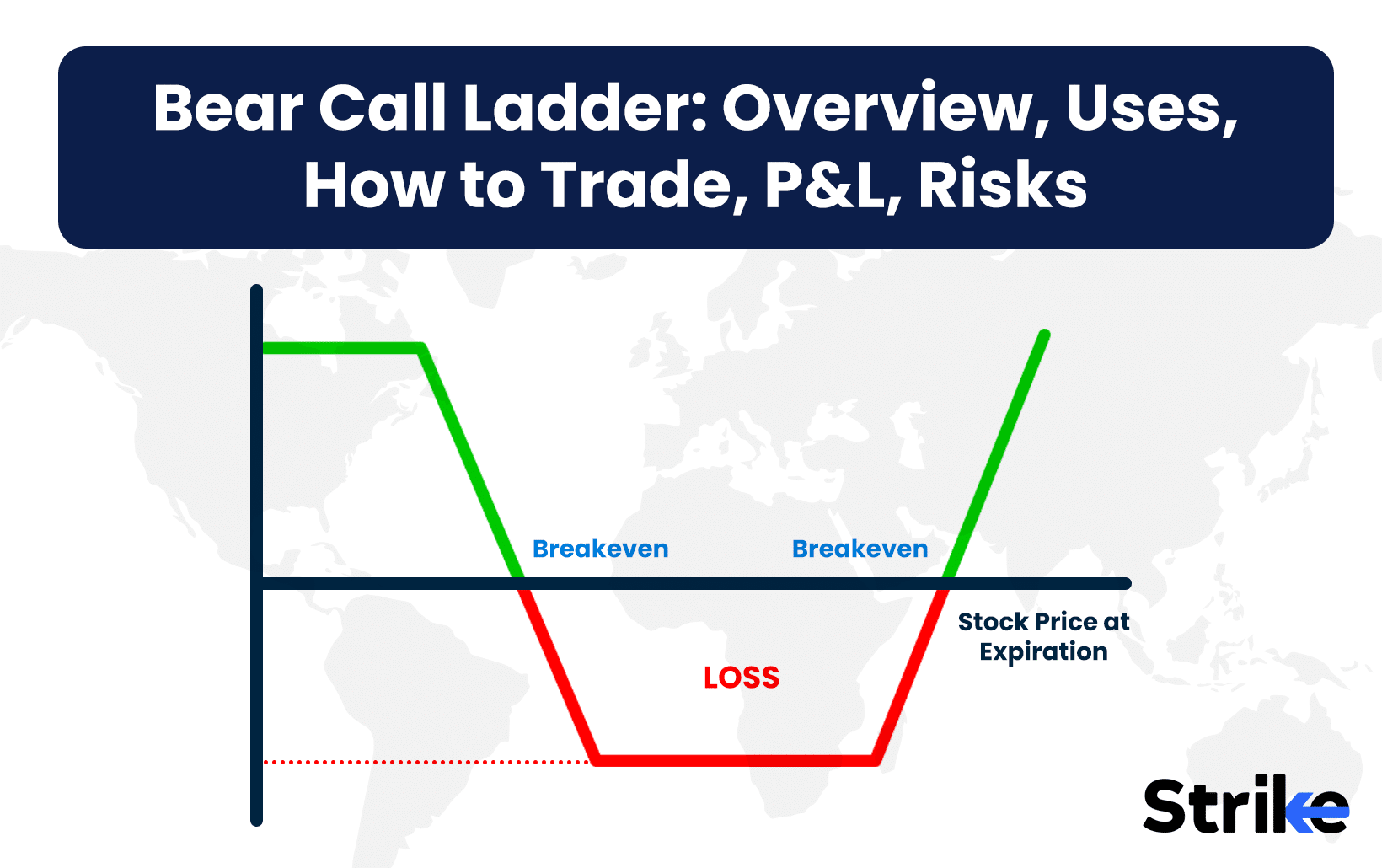

No Comments Yet